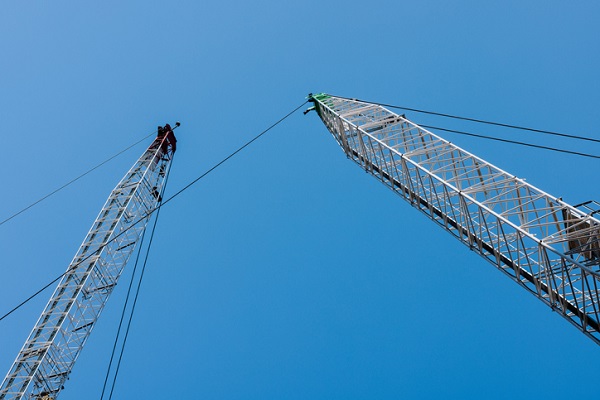The 101 of Standards in Australia

Over the last 101 years, thousands of standards have been created to help build and protect Australia’s most beloved national icons. Thousands of others have been adopted from overseas.
The knowledge that standards are in place to help guard against inconsistent or dangerous practices gives us the confidence to work, build, travel and shop.
More than 5,500 home-grown and imported standards support Australia now, but up to 4,000 more will be needed to service the evolving Australian economy over the next decade.
The reality is Australia’s $1.8 trillion economy cannot operate without standards.
The importance of standards
Standards set out specifications, procedures and guidelines that aim to ensure products, services and systems are safe, consistent, and reliable.
They are an invaluable resource, and more than 500,000 standards exist globally today, from more than 1000 recognised organisations.
The first standards were benchmarks for weights and measures, and date back about 7000 years to the civilisations of Babylon and ancient Egypt. In the modern area, one of the first Australian Standards was introduced in 1922 to help build the Sydney Harbour Bridge, literally helping bring two parts of our largest city together.
Since then, standards have played a critical role in the creation and protection of some of our most famous icons including Melbourne’s trams, the Port Arthur heritage site, and even the city of Darwin, which was completely rebuilt after Cyclone Tracy leveled it on Christmas Eve 1974.
The important lessons learned from projects and disasters, and the standards that followed, have helped improve the design and construction of buildings, vehicles and cities, as well as improve the way we assess risk and pursue governance.
Today, standards apply to every sector of our lives, helping to ensure businesses operate with certainty and safety. A good example is the referencing of standards within the National Construction Code (NCC), which was developed in 2011 to enforce existing safety construction standards, and set minimum requirements for the design, construction, and performance of buildings across Australia.
Industry practitioners and their clients utilise standards every day, from AS 2699.1:2020, Built-in components for masonry construction, which specifies requirements for wall ties, to AS 3959:2018, Construction of buildings in bushfire-prone areas, and many more.
The role of Standards Australia
Standards Australia is the country’s leading independent, non-governmental, not-for-profit standards organisation. As representative of the International Organization for Standardization (ISO) and International Electrotechnical Commission (IEC), we specialise in the development and adoption of internationally aligned standards in Australia.
Standards Australia’s approach to our changing world is to focus on the most pressing areas of rapid transformation that would benefit from the research, development and application of new, dedicated standards.
Preparing for an exciting, but unpredictable, future
Technology will impact every aspect of our economy into the future, transforming how businesses operate. This will be the case for the trade sectors, where advancement in digital technology has been rapid.
Australia’s prosperity will be linked to our ability to stay at the forefront of technological advances, and to address new challenges we haven’t considered yet.
Twenty years ago, the concept of the gig economy and the emergence of companies like Uber and Airtasker were not even on the drawing board. Five years ago, the idea that Australia would ship hydrogen power to the world by 2022 was barely a theory.
Within this context, Australia needs to anticipate future trends and ensure everyone can rely on emerging designs, services, and goods – even if those products have not yet been invented.
Standards Australia and its expert contributors are working hard to anticipate the future, understand which standards will be required to enable innovation for business at all levels, and deliver them.
At the same time, we know end users expect immediacy. Whether in the trades and services, construction, health and entertainment, or agriculture, users and consumers want beneficial changes introduced fast and seamlessly.
Our challenge will be to maintain our outputs from traditional focus areas while creating standards for the Internet of Things, the environment, cyber-security and new energy sources: areas that will impact all industries dramatically in coming years.
Standards Australia is proud of its heritage in pioneering world-first innovations that help protect Australians every day and guide industry on best practices. Our focus into the future will remain simple: to continue developing and maintaining the standards we need for today and tomorrow, and ensuring they remain relevant and accessible.
